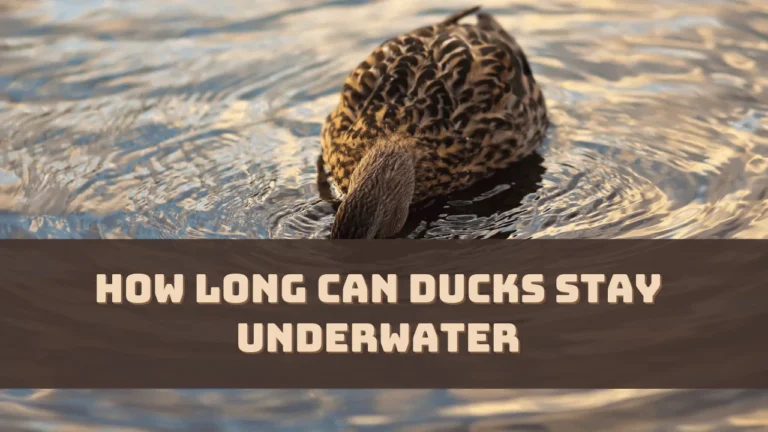Yes, ducks can fly during rain, maybe it is for food, to mate, or to find a suitable habitat to get shelter from adverse weather conditions. Let’s get to know what are the flight patterns of the ducks and whether they face any discomfort while flying in the rain.
Are Ducks Comfortable Flying the Rain?
Yes, ducks are quite comfortable flying in the rain as they are skilled flyers and even if it is raining they need to go out in search of food or to find a suitable habitat. The behavior of wild ducks generally depends on the intensity of the rain and whether they would go out. Flying in the rain also depends on their species, habitat, and age.
Usually, ducks choose to fly during light to moderate rain, so that they do not feel any discomfort. They choose the regular flight pattern and can easily search for food or a suitable roosting spot, in this type of rainy weather. They also have good vision, so they can spot food easily on the ground or water, even if it is raining.
However, if the weather conditions turn adverse and it is raining heavily, then they usually avoid going out and try to seek shelter. They can find shrubs, trees, or man-made structures to take shelter. Also, they are seen to hurdle together as the weather turns cold during rain to keep themselves dry and warm.
Do Ducks Get Wet While Flying in the Rain?
No, ducks do not get wet while flying in the rain and they also have a unique adaptation for that. The key feature that helps them to stay dry even if it is raining is their specialized feathers. Ducks have naturally oil-coated water-resistant feathers, which repel water and do not let rainwater seep into their skin so they can stay dry even if it is raining.
They can also swim during rainy weather as their feathers help to maintain a buoyancy in water which helps them to navigate without any hesitation. Ducks also have waterproof plumage and it is the overlapping structure of the feathers that creates a waterproof barrier and prevents the water from reaching the skin. Thus, they are seen spending most of their time grooming their feathers, maintaining them, and cleaning them from time to time.
Where Do Ducks Take Shelter During the Rain?
Ducks are very intelligent birds and they can get plenty of options to take shelter during rainy weather, such as –
Near Water Bodies
Since the ducks have waterproof feathers and can stay dry and warm, without the risk of drowning, they continue to stay on the water bodies and swim.
Natural Vegetation
They seek shelter under tall grasses, aquatic plants, or reeds when it is raining. These are natural vegetation covers that protect the ducks and keep them dry. It also helps them to hide from predators as during heavy rain it becomes very difficult to trace any predictor nearby.
Trees and Shrubs
Ducks can also take shelter under overhangs or trees or shrubs during heavy rain. These are natural shelters and protect the ducks from these extreme weather conditions.
Man-Made Structure
Ducks can also take shelter in man-made structures, such as under the bridge or abandoned building and if it is a pet duck, then they easily take shelter in the barn. Ducks are quite adaptable creatures and can easily take temporary shelter around any human-made structure.
Natural Caves
Ducks can also take shelter from rain and wind by staying inside natural caves or rock services. Also, wild ducks use their natural instinct to keep themselves safe, the behavior tends to vary from one duck species to another or from individual to individual.
Do Ducks Enjoy Rain?
Yes, ducks enjoy the rain, but only when it is light and moderate, as it acts as a catalyst for finding food, mate, or nest. During rain, new food sources are created as the water level increases, so it is a good opportunity for the ducks to easily get more feeding options.
What Challenges Ducks Face During Rain?
Ducks face challenges during the heavy rain when the visibility decreases and also it reduces their flying ability. In extreme conditions, they may also suffer from hypothermia, especially the ducklings who have low immunity and whose feathers are not waterproofed.




